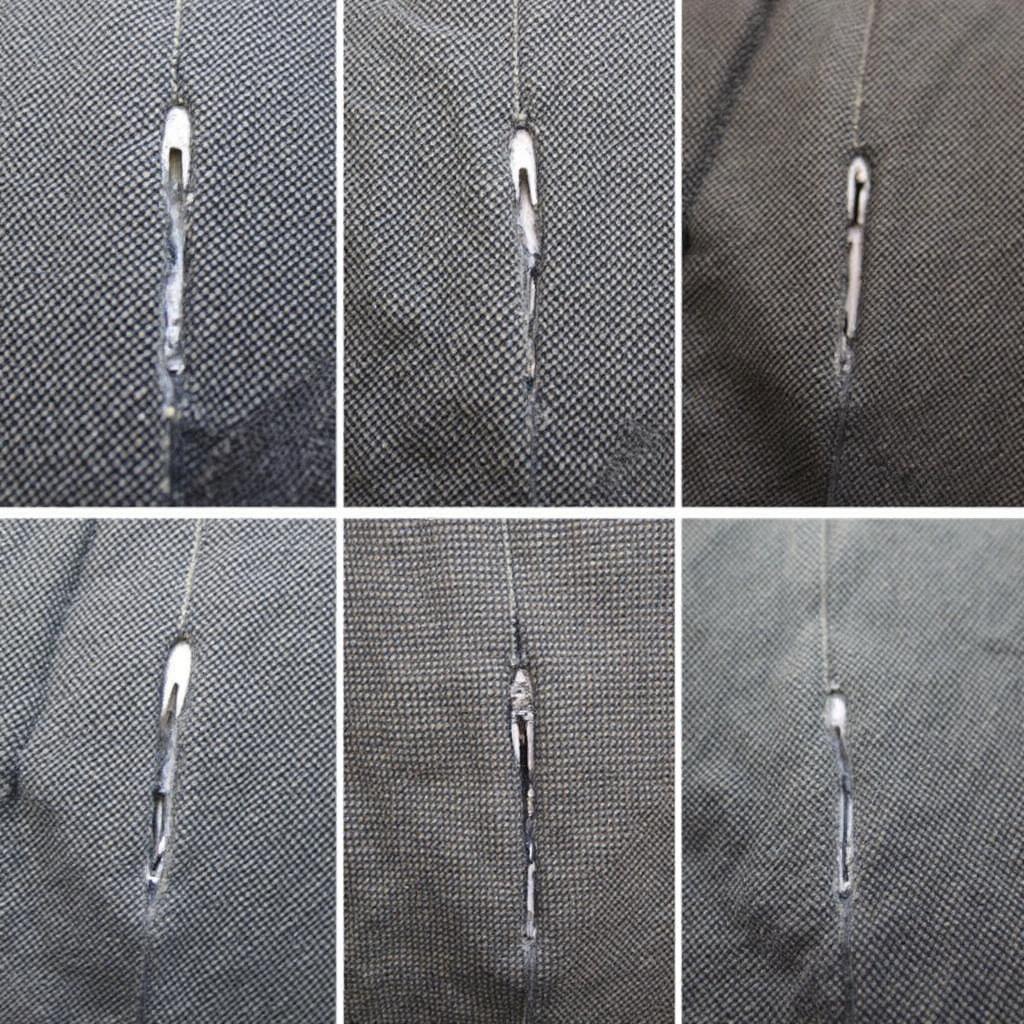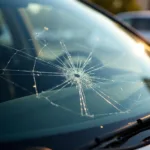A ripped car seat can be an eyesore and detract from the overall aesthetic of your vehicle. But beyond just looks, a tear in your car’s upholstery can worsen over time and even compromise the seat’s structural integrity. Fortunately, you don’t always need a professional to fix a ripped fabric car seat. With a little patience and the right approach, you can restore your car seat to its former glory.
Assessing the Damage: What You Need to Know Before Starting
Before diving into the repair process, it’s crucial to assess the extent of the damage. This will determine the best course of action and the materials you’ll need.
- Small Tears and Holes: Minor rips and punctures can often be repaired using a fabric repair kit or a patch.
- Large Rips and Tears: Extensive damage might require more advanced techniques, such as sewing or patching with a larger piece of fabric.
- Seam Separation: If the rip is along a seam, you’ll need to restitch the seam using a heavy-duty thread.
Gathering Your Supplies: The Right Tools for the Job
Having the correct tools and materials will make the repair process much smoother. Here’s a list of items you’ll likely need:
- Fabric Repair Kit: These kits usually include patches, adhesive, and a color matching guide.
- Heavy-Duty Fabric Glue: For a stronger bond, opt for a high-quality fabric adhesive.
- Matching Fabric: If using a patch, find a fabric that closely matches the color and texture of your car seat.
- Scissors: For cutting patches and trimming excess fabric.
- Needle and Thread: Choose a heavy-duty thread that matches your car upholstery.
- Seam Ripper: Useful for removing existing stitching if needed.
- Iron and Ironing Board: To prepare fabric patches and ensure a smooth finish.
- Cardboard: For reinforcing patches and providing a smooth working surface.
Repairing a Ripped Fabric Car Seat: Step-by-Step Instructions
The repair process will vary depending on the severity of the rip, but here’s a general guide to follow:
-
Clean the Area: Use a vacuum cleaner to remove any loose debris or dirt from the ripped area. You can also use a mild upholstery cleaner and a soft brush to gently clean the fabric.
-
Prepare the Patch (if needed): If you’re using a patch, cut it to a size slightly larger than the rip, leaving about an inch of overlap on all sides. If necessary, iron the patch to remove any wrinkles.
-
Apply Adhesive: If using fabric glue, apply a thin layer around the edges of the rip and on the back of the patch (if applicable). Follow the manufacturer’s instructions regarding drying times.
-
Secure the Patch: Carefully align the patch over the rip and press it firmly into place. Use your fingers or a roller to smooth out any wrinkles or air bubbles.
-
Sew the Rip (if needed): For larger rips or seam separations, you might need to sew the fabric together. Use a curved needle and a strong thread to stitch along the edges of the rip.
-
Reinforce the Repair: To provide extra strength and prevent the rip from reopening, consider placing a piece of cardboard behind the patch. Secure it with fabric glue.
-
Let It Dry: Allow the adhesive to dry completely before using the car seat.
Tips for a Seamless Repair: Professional Insights
“When choosing a fabric repair kit, pay close attention to the color chart,” advises John Smith, Senior Automotive Upholstery Specialist at CarRepairOnline. “A perfect color match will make your repair almost invisible.” He adds, “Don’t be afraid to practice on a hidden area of the seat first to get comfortable with the process.”
Frequently Asked Questions
Q: Can you repair a car seat with duct tape?
While duct tape might seem like a quick fix, it’s not recommended for repairing car seats. Duct tape’s adhesive can leave a sticky residue and is unlikely to hold up to the wear and tear of regular use.
Q: How can I prevent future rips and tears in my car seats?
Regular cleaning and conditioning of your car’s upholstery can help prevent drying and cracking, which can lead to tears. Additionally, using seat covers can provide an extra layer of protection.
Q: Where can I find professional help for car seat repair?
For extensive damage or if you’re not comfortable tackling the repair yourself, consider seeking professional help. You can find qualified automotive upholstery shops in your area by searching online or asking for referrals.
Need More Help with Your Car Seat Repair?
For more information and guidance on car seat repairs, check out our other helpful resources:
- Can you repair a car seat with duct tape?
- Leather car seat repairs near me
- How to repair leather car seat rip seam
Have questions or need personalized advice on how to tackle your specific car seat repair? We’re here to help! Contact us via WhatsApp at +1(641)206-8880 or email us at [email protected]. Our team of car repair experts is available 24/7 to provide you with the support you need.



